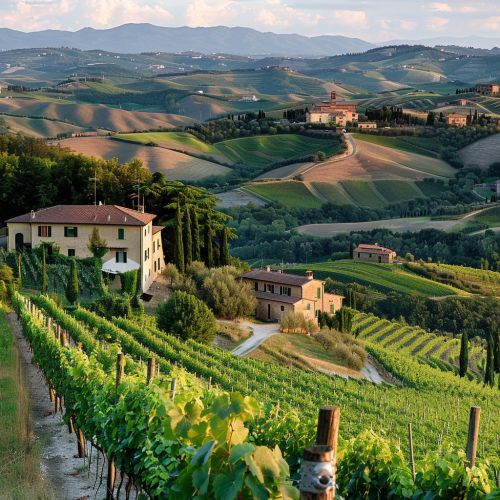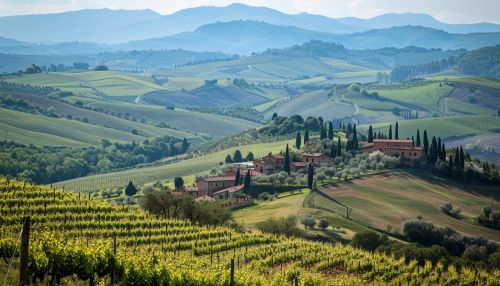Italy
Geography
Italy, officially known as the Italian Republic, is a country located in southern Europe, on the Apennine Peninsula. Its distinct boot-like shape extends into the central Mediterranean Sea. Italy shares its northern Alpine boundary with France, Switzerland, Austria and Slovenia. The country also includes two large islands: Sicily and Sardinia.


History
Italy's history is long and storied, with human habitation dating back to the Paleolithic era. The country's historical timeline is marked by the rise and fall of the powerful Roman Empire, which left a lasting impact on the Western world. After the fall of Rome, Italy became a patchwork of city-states and kingdoms, which played a key role in the Renaissance, a period of great cultural change and achievement that began in Italy during the 14th century and lasted until the 17th century.
Culture
Italian culture is steeped in the arts, family, architecture, music and food. Italy is known for its contributions to the worlds of art, music, and fashion. The country is home to a large number of UNESCO World Heritage Sites, and it is famous for its influential and innovative architectural designs. Italy's culinary reputation is renowned, with regional dishes and wines that are celebrated worldwide.
Economy
Italy has a diversified economy, which is divided into a developed industrial north and a less-developed, highly agricultural south. Italy is one of the world's largest economies, and it is a member of numerous international institutions, including the European Union, the United Nations, the OECD, the G7 and the G20.
Politics
Italy is a parliamentary republic with a multi-party system. The Italian political landscape underwent a seismic shift in the early 1990s when the "mani pulite" ("clean hands") operation exposed corruption at the highest levels of politics and business. Italy's head of state is the president, and the head of government is the Prime Minister.
